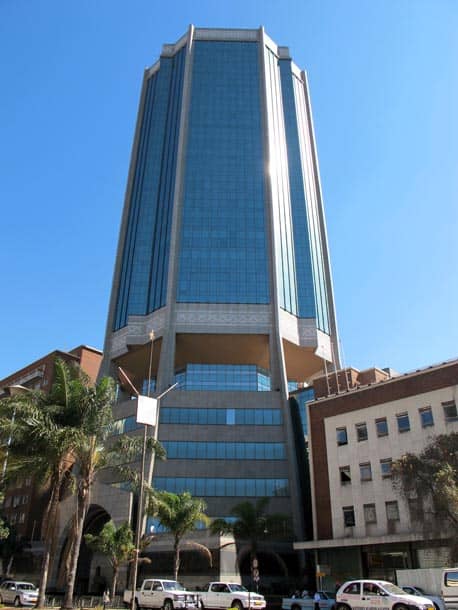Amazon (AMZN) is one of the most-watched stocks in the world. Investors, traders, institutions, governments, and others view the stock as something of a bellwether of the economy in general. The corporation’s business model is highly dependent on online commerce and cloud-based solutions for businesses. Without doubt, Amazon’s key competitor is Walmart, a company that is working as hard to build its online acumen as AMZN is to create physical stores and warehouses. It’s a fierce battle, the likes of which has not been seen since the early days of the cola wars between Coca-Cola and Pepsi in the 1960s.
What’s ahead for Amazon as it enters the fourth quarter of a uniquely challenging year? Additionally, what does 2022 hold for the world’s massive online retailer that is in the midst of a transformation? The last week of October 2021 was something of a watershed for the company as its Q3 earnings were announced. The news was a mixture of good and bad factors, many of which were accurately predicted by analysts shortly before the official announcement. The official document was more than 50 pages long and contained a large amount of accounting lingo and financial analysis jargon. For a short version of the latest dynamics of the company’s situation, and a look at its future, here are the pertinent facts prospective and current investors and traders should focus upon.
The News Wasn’t All Bad
Keep in mind that the price of AMZN shares is up about 10 percent for the year, so even a not so wonderful quarterly earnings report must be taken with a grain of salt. So, what did the report reveal? For starters, the price of shares immediately dropped after the press conference after officials revealed that earnings per share had dropped below even the worst predictions, hitting $6.12, based on a total revenue figure of nearly $11 billion.
While the revenue numbers were in line with most predictions, the EPS was about $2.80 lower than even the direst guesses. Just after the grim report went public, share prices dipped nearly five percent to $3,282. However, corporate leadership expects total revenue to perk up after the holiday season, typically a profitable time for the e-commerce giant. And, even though market analysts had predicted a figure of $142 billion for Q4, company officials are already damping down those expectations and saying 2021’s final quarter will see revenues somewhere between $130 and $140 billion. The very good news in an otherwise dour press conference was the fact that Amazon’s AWS unit, which focuses on cloud computer solutions, experienced a 29 percent growth compared to last year’s figure at the end of Q3.
CFDs Offer Opportunities for Traders
One reason so many individuals take part in Amazon trading via stock CFDs is that there’s no need to purchase AMZN shares, which are excessively costly. Currently trading at $3,372, AMZN is not a stock that ordinary working people purchase in large quantities. However, contracts for difference (CFDs) allow people with limited capital resources to speculate on the price of just about any stock in the securities market.
That’s because of the way CFDs work. Traders don’t own the underlying security but place orders of whatever size they wish, only committing themselves to which direction they believe the shares will move, up or down in price. When it comes to high-priced corporate shares like those of Amazon, CFD traders have a distinct advantage in not having to invest a large sum of money to take part in the action.
It’s a Long Game
Company officials note that the organization is dealing with COVID economic slowdowns, supply chain problems, and other short-term challenges. Their response is that corporate heads of the entity are always working to optimize long-term value for stockholders and consumers, rather than worrying too much about transitory difficulties. In fact, the announcement included frank admissions that the upcoming months will see tough times as a result of scarce labor, higher wages, shipping expenses, and multiple factors related to the current supply chain crisis.
Share Prices Are Stuck in a Range
It’s worth noting that company share values hit a low of $1,785 during the depths of the COVID crisis in 2020 but have rebounded nicely to today’s $3,372 mark, despite months of lockdowns, economic problems, and supply crises. Right now, the share price is in a long-term trading range that has seen few breakouts, upward or downward, for the past six months. Most investors are waiting to see when and if AMZN will burst through the $3,500 ceiling or below the $3,100 floor.














